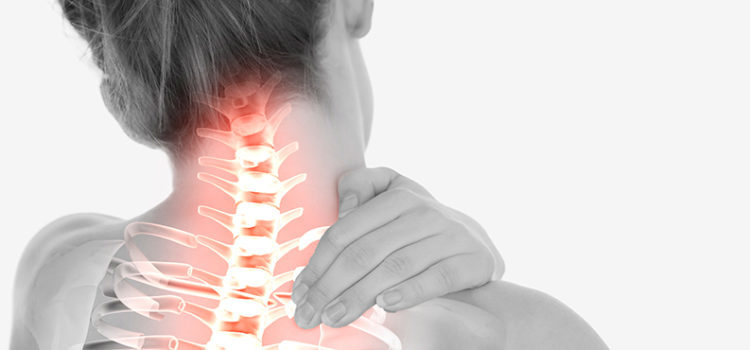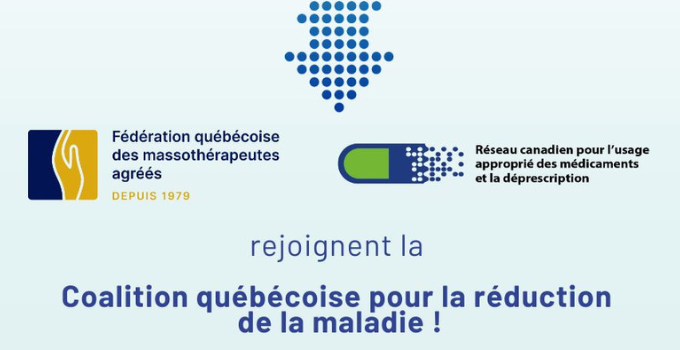 News, Newspaper
News, Newspaper
The ABCs of torticollis
Do you spend your days in front of a computer? Did you sleep in an awkward position? Were you exposed to the cold for too long? Each of these scenarios can trigger the onset of torticollis (wry neck).
Torticollis at a glance
Torticollis is described as an involuntary contraction of a muscle in the neck. It is characterized by intense neck pain that can radiate to the shoulder, arm or back.
A person with torticollis will have difficulty moving their head from side to side, as the accompanying muscle stiffness severely limits movement. In some cases, torticollis can also give rise to headaches.
There are several potential causes of torticollis:
- Poor posture at work
- Poor sleeping position
- Awkward movement
- Physical trauma
- Disk herniation
- Arthrosis
Note: There is a congenital form of torticollis sometimes observed in newborn babies. In most cases, congenital torticollis is caused by poor position inside the uterus or trauma at birth. This type of torticollis will not be covered in this article, however.
Easing pain and attenuating contractures
The pain and loss of mobility provoked by torticollis generally dissipate spontaneously within a few days. But anyone who’s suffered from torticollis knows that its effects can be debilitating. Fortunately, it is possible to mitigate the symptoms by taking a few simple steps:
- Torticollis most often affects the sternocleidomastoid muscle, which connects the skull, clavicle and sternum. Stretching this muscle can help relieve the pain and stiffness associated with torticollis, while preventing a recurrence.
- Medications that can help relieve the symptoms of torticollis include acetaminophen, muscle relaxants and analgesic creams. Consult your pharmacist to find out which pharmacotherapy is best adapted to your health condition.
- Regardless of the cause, torticollis most often has its origins in the muscles or joints. For this reason, massage can help reduce the stiffness and contractures associated with torticollis, thereby relieving the pain it causes as well.
The benefits of massage therapy for torticollis
Treating torticollis through massage therapy evolves progressively. In the acute phase, the objective is to relieve pain and improve mobility, while in subsequent phases the focus shifts to improving posture as well as working and sleeping positions in order to avoid a recurrence.
In the presence of torticollis, massage can help in various ways by relieving pain, improving mobility and range of movement, and reducing muscle tension [1][2].
What the research says
While there are very few studies on the effectiveness of massage therapy in treating torticollis, there is no shortage of data on its benefits in the presence of cervical pain:
- A 2007 survey conducted by the Centers for Disease Control and Prevention (CDC)in the United States showed that Americans often turned to complementary approaches to medicine, including massage therapy, to relieve musculoskeletal disorders. Among these disorders was cervical pain, which came second only to lumbar pain as the most frequent reason cited for consultation.
- More recently, in 2014, a team of American researchers assessed the effectiveness of massage among people with chronic neck pain [3]. They concluded that several 60-minute massage therapy sessions per week proved more effective in relieving neck pain than 30-minute sessions. They also observed a decrease in the use of medications among the participants who received three 60-minute massages per week.
Strategies to use in conjunction with massage
- Adopt the proper posture.Poor posture is often cited as the cause for the onset of torticollis. Make sure that you’re comfortable when you sit down to the computer and when you lie down to sleep. If needed, do not hesitate to consult an occupational therapist for assistance.
- Stretch as often as possible!Exercise your neck muscles by performing rotations and turning your head from left to right and from bottom to top. You can also tilt your head towards your right and left shoulders to stretch the sternocleidomastoid muscle, which is most often associated with the onset of torticollis. Stretch on a regular basis, especially if you’re sedentary for extended periods.
To find out more
- Torticollis: prevention and treatment(stretching and neck strengthening exercises)
- Massage techniques
- Find a massage therapist
References
[1] American Massage Therapy Association. (2009). Position statement – Massage therapy can aid in pain relief. Taken from https://www.amtamassage.org/statement6.html
[2] Stefon, J. M. et coll. (2011). Physiological and clinical changes after therapeutic massage of the neck and shoulders. Manual Therapy, 16:487-494.
[3] Sherman, K. et coll. (2014). Five-week outcome from a dosing trial of therapeutic massage for neck pain. Annals of Family Medicine, 12(2):112-120.




